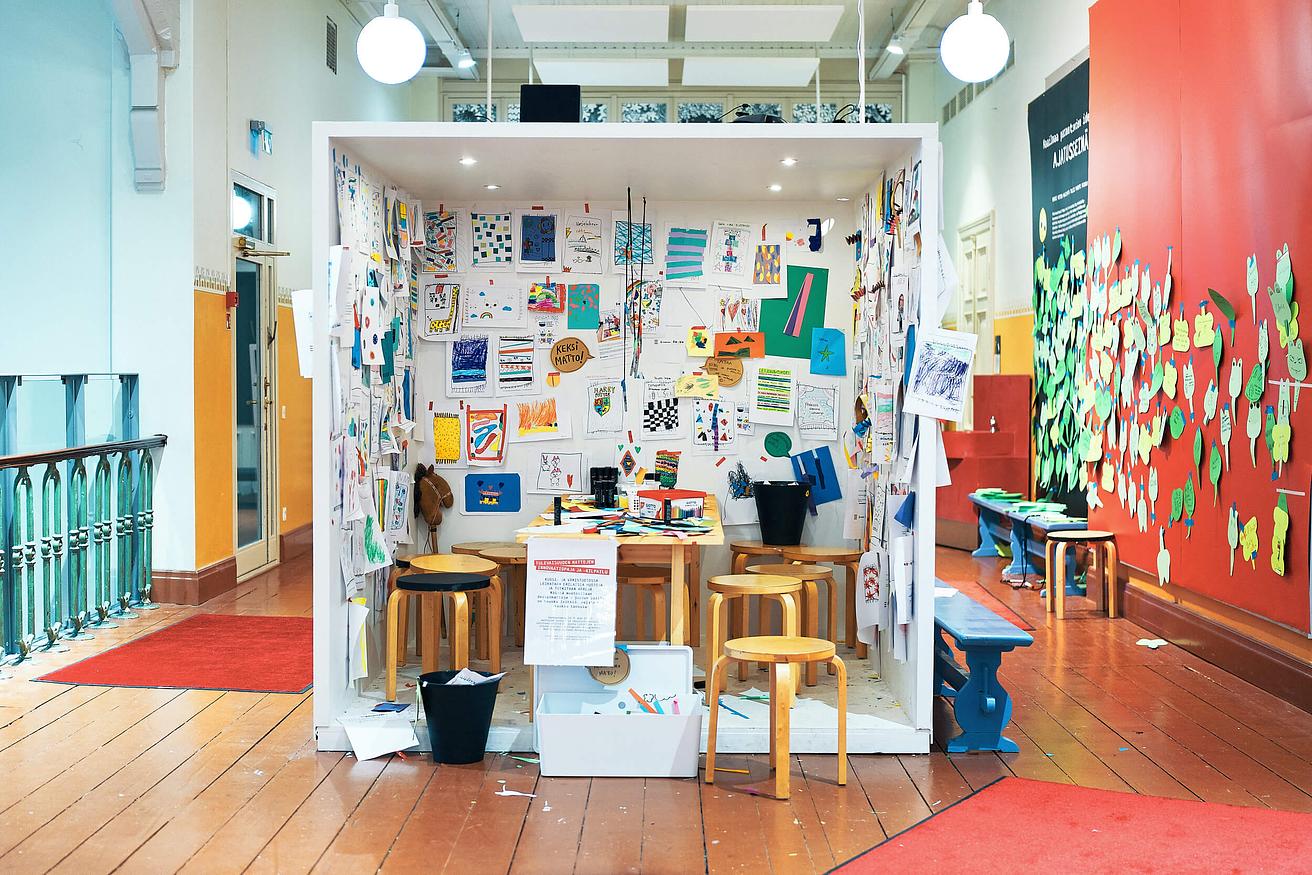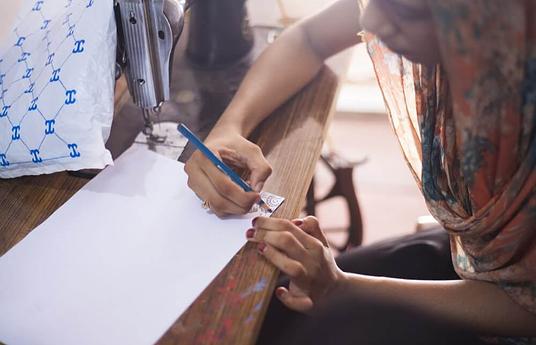What can we learn from each other? Almost every education system on earth has been affected by the coronavirus (COVID-19) crisis. As part of a joint initiative, with the OECD, The World Bank, and the Global Education Innovation Initiative from Harvard University, we have collected stories from across the globe about the solutions education systems are using to continue learning, and how they are adapting these solutions to different student and teacher needs during the crisis.
In this article, we unpack how the Finnish National Broadcasting Company, Yle, helped support distance learning during the COVID-19 pandemic.
Background
When in March of 2020, the rise of the COVID-19 pandemic spurred school courses across Finland, Yle, the Finnish National Broadcasting Company immediately went into action to help local educators, teachers, parents, and students. Yle already had its own online platform, Yle Areena, which hosts thousands of hours of content including: TV and radio shows, podcasts, and articles.
However, during the pandemic, Yle set up a small in-house team to select the resources that could be useful for distance learning, being mindful of both content and length. They consulted with teachers at the forefront of teaching on an ongoing basis in order to compile the resources. Within days, they launched a special service, Yle Etäkoulu (Yle Distance School), to disseminate these educational resources. In parallel, Yle decided to open a slot in their programming schedule between 11:00-12:00 to diffuse selected clips of some of the educational videos, updated daily.
Main Problems Addressed
This public broadcasting service’s initiative aims to support national and regional education authorities by providing a well-researched compilation of existing media materials for learning purposes. Overall, it aims to:
- Provide all teachers, families, and students in Finland with quality resources for school-aged children learning at home during the COVID-19 lockdown.
- Ensure that students with no Internet connection have access to resources that are relevant to teaching and learning.
- Support teachers in using some of these selected media materials in their teaching.
Mobilizing and Developing Resources
Yle was able to build on its existing Yle Areena platform, which already included a collection of TV, radio, podcast, and article content. It mobilized in-house resources in order to compile an initial list of online resources and was able to bring in lead teachers to test these resources in order to provide the most useful ones on its platform. As a result, new features were developed in the process. The website was revamped in order to make the educational resources visible and communicate about their availability. The crisis also made its pre-existing service, Triplet, about turning news into learning material, more relevant.
Fostering Effective Use and Learning
One key aspect of the initiative was to ensure that the media resources for learning were relevant and user-friendly. Therefore, it was crucial to involve the teacher community. Yle opened up a Facebook for “forerunner” teachers, whom they identified and invited by visiting the most popular Finnish Facebook groups for teachers.
In this group, teachers are asked to test and improve the service. The teachers provide instant feedback on what they understood and what they did not, what was useful and what was lacking. Based on their ongoing feedback, Yle improved the service daily. In this Facebook group, teachers were also able to brainstorm and share ideas on how to use the available resources. The teachers had two requests after reviewing the content:
- more variety on the length of lessons;
- help reaching students without Internet access
Based on this feedback, Yle decided to open up a one-hour slot in their programming schedule from 11:00 to 12:00 in order to share learning content – updated daily – with students. However, Yle decided not to: match available resources with specific age groups because teachers did not think it was necessary; and provide live programming (e.g. teachers giving lessons on air), even though some teachers asked for this provision.
Second, Yle wanted to promote the platform so that the learning community could benefit from the online resources. Thus, Yle asked teachers who tested the resources to recommend the service to those in their network. Yle also marketed the service through their own channels. Finally, Yle wanted to ensure that teachers could effectively use media materials as a learning resource. So, Yle turned towards their other service – Yle Triplet – where a small team of teachers turns evening news into education material overnight. They select interesting news clips, some of them related to COVID-19, and provide ideas on how to use these as part of a lesson. These resources are accessible through a mobile (app) and on desktop (webpage), and are free for Finnish teachers.
Monitoring Sucess
The Yle Distance School service has been very well received and valued for its user-friendly platform: one month after the start of the lockdown, there had been 200 000 visits in total (with 135 000 unique visitors). Almost 30% of Finnish teachers (13 000) used Triplet weekly before the crisis. The number of users has skyrocketed to 50% of teachers (22 000) after the crisis began.
Adaptability to new contexts
This approach could potentially work in any country where public (or private) channels already have a well-organized online collection of media clips, videos, and articles. Media companies usually have ample resources to set up a task force in order to compile relevant resources, with two objectives in mind: provide online educational resources and TV programs for students with no access to the Internet.
The above strategy works best in countries where the population can access the Internet or a TV network, and there is a community of teachers who are proficient in using online resources and can provide guidance to the broadcast company. However, the balance between live broadcasting and online could always be modified. Examples of how to use the resources could also be provided in those countries where teachers might not be as used to using media resources in teaching.
Key points to keep in mind for a successful adaptation
- Select a local broadcasting partner. In many countries, the national public broadcasting company is the obvious choice.
- They most likely already have an archive and online service. If so, select content that might be immediately useful during the crises and create a simple service with all of the compiled resources (TV, radio, podcasts, articles). Aim for simplicity.
- Start an open dialogue with teachers (for example, in a closed social media group) to understand their needs.
- Promote the service using the broadcaster´s channels and teacher networks.
- Since many people don´t have access to the Internet, open slots in the broadcaster´s programming schedule for daily educational TV shows – either using existing material or creating new live content (e.g. live lessons) with teachers.
Download the report Finland: Yle Etäkoulu (Yle Distance School) for free on the OECD website. You can find more education continuity stories from the coronavirus crisis here.


